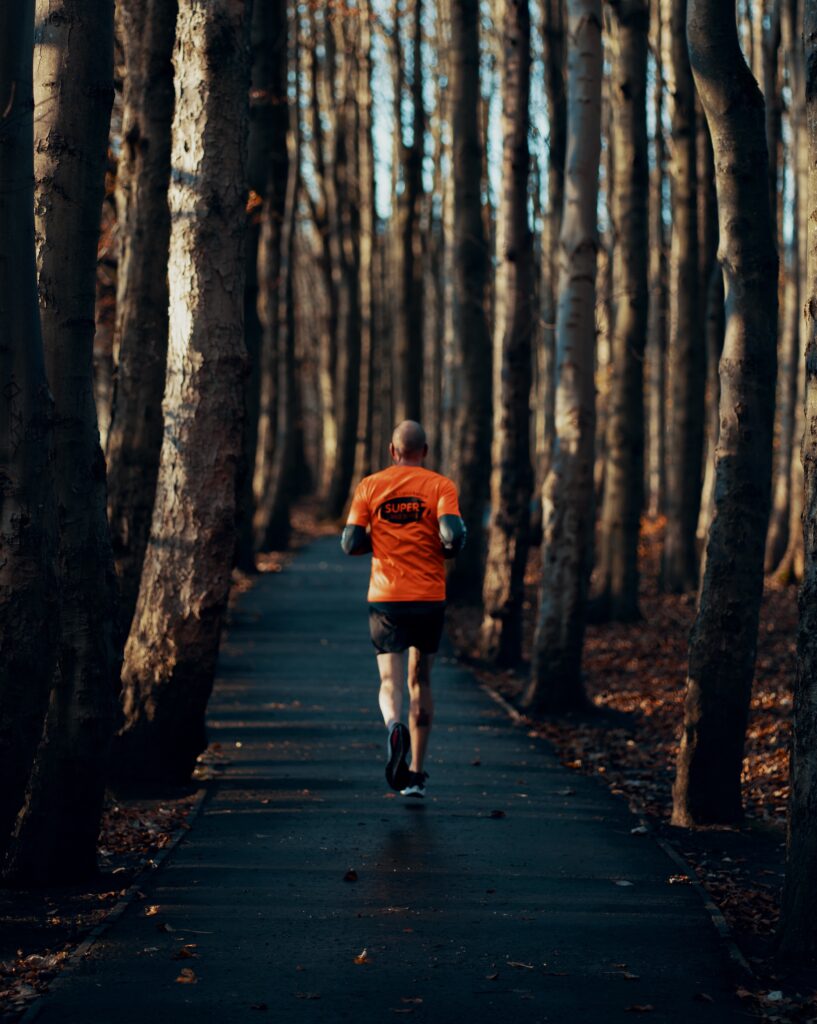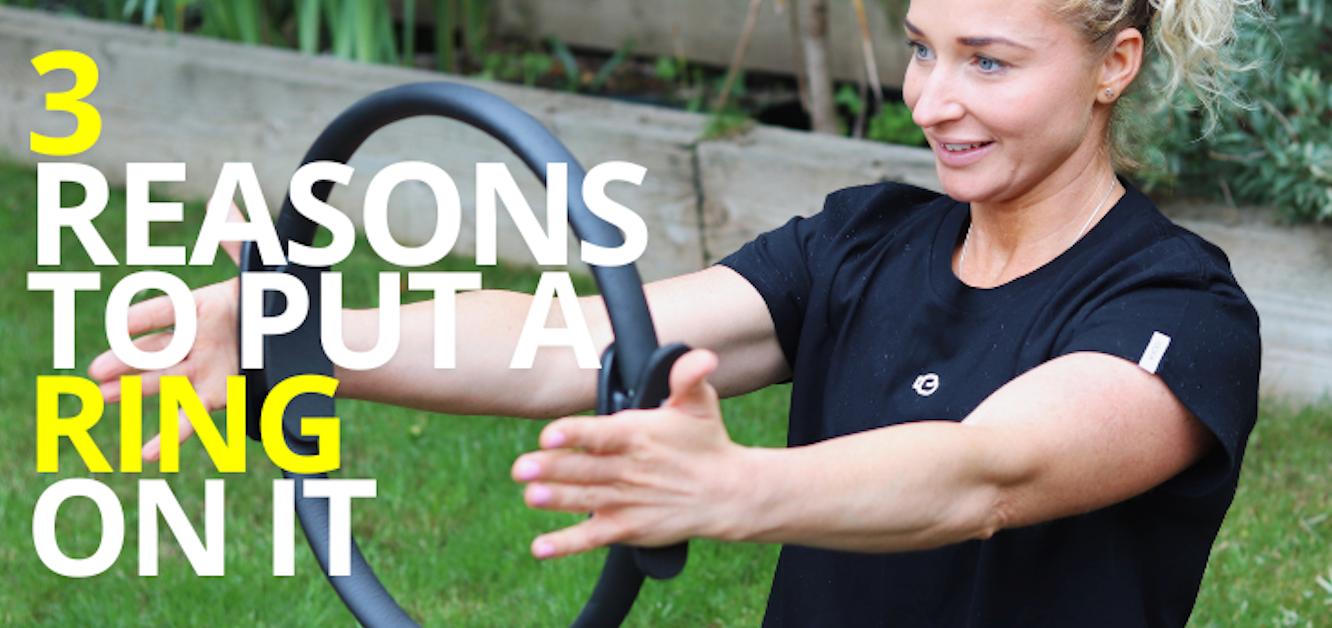If you live in a location with a fairly even climate all year round, you may find it quite easy to maintain the same exercise routine and habits throughout the year. However, in locations where the summers are extremely hot and the winters are freezing cold, struggling to maintain a consistent exercise regime is a common challenge.
Emma, our resident Exercise Psychologist, suggests that if you live in a location with different seasons, you may like to consider creating distinct exercise routines for distinct seasons.
For most this might mean one regime in the cooler months, and another for the warmer months.
A lot of us experience challenges with seasonal temperature shifts, when it feels too cold to wake up in winter or too hot in the summer to engage in exercise. So, just like you might rotate your wardrobe with seasons, rotating between routines across the year might create an overall more consistent relationship with exercise.
Changes might include the time of day you exercise, e.g. exercising in the morning in summer and changing to exercising in the afternoons in winter. It might also mean changing your bedtime and waketimes slightly to accommodate this.
It’s also worth considering different forms of exercise across these two routines. In summer you may be more inclined towards outdoor workouts, walks, runs, and air-conditioned gym studios. In winter you might shift more towards Boxx+ sessions at home or indoor studio sessions.
If changing where you exercise, the time you do it, and the form of movement isn’t possible or you’d like to stick to your routine all year, you might consider:
1. Shifting your preparation time slightly earlier in winter. Getting to a workout with an extra 5 minutes means you can start “activating” earlier, or you could even do this before you leave home. Activating such as doing some light body weight movements, gradually increasing your heart rate, and focusing on your breathing can help you not only warm up on those freezing mornings but also get you mentally focused on overcoming the cold weather to exercise.
2. Factoring in the opposite in summer – an extra 5 minutes at the end of a workout would allow you to not only physically cool down, but to also help you mentally adjust back into a calmer state.
3. Rotating your workout wear with the changing season. Checking you have the right “tools for the job” is important, as decreasing resistance to the season and implementing any enabling factors will help. This also links to monitoring what is in and out of your control. The weather isn’t, but how you prepare is.
4. Re-framing any unhelpful thinking. “I’m lazy in winter” is a very common form of self-talk synonymous with skipping sessions and sleeping in. While these things are okay, shifting this thought to more adaptive thinking such as “with trial and error I can adapt and find a winter routine that works for me” creates a more compassionate and curious space for you to find what works for you.
5. Reflecting on what commonly gets in your way of exercising be that in winter or summer, consider problem solving. For example, if you intend to go to the gym in the evenings in winter but find yourself getting home first and instead settling in for the night, you might take your workout gear with you and head straight from work to the gym.
6. Action-planning which involves detailing what, when, where, how, and who to help you stay more consistent in your exercise regime.
For example, you might plan that in the event you cannot leave home due to extreme winter weather you will substitute in Boxx+ sessions. Or if you find summer storms or rain showers are unpredictable after work and get in the way of you walking to the gym, you might plan with a work friend to catch a ride or keep an umbrella and raincoat at work to use in such times.



